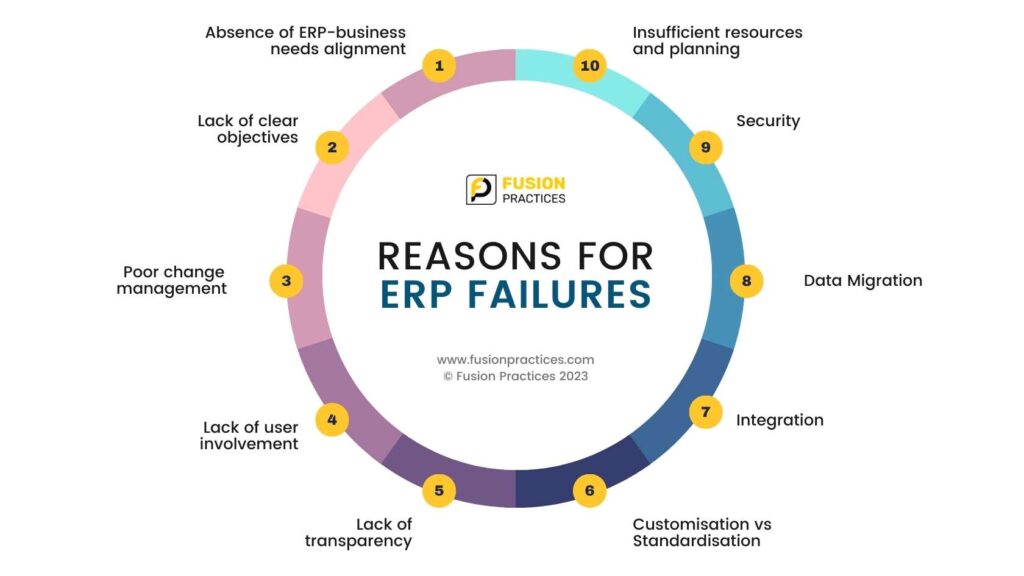In the ever-evolving realm of company technology and customer support, Service Level Agreements (SLAs) are essential for guaranteeing dependable service and assistance. Understanding and successfully implementing SLAs is essential for Microsoft Dynamics 365 clients to preserve operational effectiveness and satisfy customers. Singleclic guarantees that Dynamics 365 customers can easily handle the intricacies of service management with its strong approach to setting and administering SLAs. This blog post explores the subtleties of service level agreements (SLAs), how Singleclic and Microsoft implement them, and the consequences for clients, including issue priority matrix management.
What is a Service Level Agreement ?
A Service Level Agreement (SLA) is a formal document that defines the level of service expected from a service provider over a specific period of time. It outlines the metrics by which services are measured, as well as the remedies or penalties should agreed-upon service levels not be achieved. Essentially, SLAs serve as a contractual foundation between a service provider and their clients, ensuring that both parties have clear expectations regarding service delivery, performance, and response times.

How does Microsoft Apply SLAs?
Microsoft’s Service Level Agreements (SLAs) are designed to ensure the reliability and availability of its cloud services, with a focus on maintaining a specified uptime guarantee, for example 99.9%. Redundancy as well as modern infrastructure, and ongoing monitoring are required for this kind of commitment. Microsoft encourages customers to trust their cloud services by providing service credits as compensation for service disruptions. These credits are determined by the length and severity of the outage.
The SLAs detail exclusions like planned maintenance and unforeseeable events, helping customers understand the boundaries of the uptime promise. To enhance transparency, Microsoft equips customers with monitoring tools for tracking service performance and SLA compliance, enabling them to manage their resources effectively and claim service credits when applicable.
Furthermore, Microsoft provides different SLA tiers to cater to varying business needs and the option for enterprise customers to negotiate custom SLAs, ensuring flexibility and tailored service levels. While Service Level Agreements focus on technical standards, they are part of a legal framework that emphasizes service reliability over legal complexities, encouraging customers to review the agreements for a comprehensive understanding of their coverage.
Microsoft’s commitment to continuous improvement and customer feedback incorporation ensures that SLAs evolve alongside technological advancements, aiming to optimize service delivery and reliability. This approach positions Microsoft as a dependable partner for businesses leveraging cloud solutions for growth and digital transformation, with SLAs serving as a foundation of trust and performance assurance in the cloud ecosystem
How do we apply SLAs at Singleclic?
At Singleclic, we tailor our SLAs to align with the specific needs and expectations of our Microsoft Dynamics 365 clients. Our approach involves:
Customized Service Levels and Transparent Performance Metrics form the foundation of Singleclic’s approach to Service Level Agreements (SLAs) for Microsoft Dynamics 365 clients. Understanding that each business has distinct operational needs, Singleclic collaborates closely with clients to tailor service levels that align perfectly with their unique requirements. This bespoke approach ensures that clients receive the most relevant and efficient support for their Dynamics 365 environment.
To ensure clarity and accountability, Singleclic establishes transparent performance metrics that detail service delivery standards. These metrics provide clients with a clear understanding of what to expect regarding service quality and performance. By defining these standards upfront, Singleclic ensures that there is no ambiguity about the service levels, enabling clients to measure service performance effectively against agreed benchmarks.
Proactive Support and Maintenance are key components of Singleclic’s SLAs. Beyond merely reacting to issues, Singleclic emphasizes ongoing support and proactive maintenance to minimize potential problems.This method guarantees that the Dynamics 365 platform always stays current with the newest security patches and features, while also maintaining its efficiency. Singleclic contributes to the continuous functioning of business processes by averting problems before they happen, decreasing downtime, and enhancing system health.
Responsive Issue Resolution is another critical aspect of Singleclic’s SLAs. Recognizing the importance of swift action when issues do occur, Singleclic commits to rapid response times for all client inquiries and problems. The severity of the issue dictates the specific timelines for resolution, ensuring that more critical problems are addressed with the urgency they require. This tiered response system guarantees that resources are allocated efficiently, focusing on resolving high-priority issues promptly to minimize impact on business operations.
What kinds of problems could a client face that require the use of an SLA?
Clients utilizing Microsoft Dynamics 365 might encounter various issues necessitating SLA intervention, including:
System Downtime: Unexpected outages or system failures disrupting business operations.
Performance Issues: Slow system performance affecting user productivity.
Data Integrity Problems: Issues related to data accuracy, loss, or unauthorized access.
Integration Challenges: Difficulties integrating Dynamics 365 with other business systems.
Upgrades and Maintenance: Navigating system upgrades or maintenance without impacting business activities.
What kinds of urgency levels are there and how do we treat each one?
Understanding the priority of incidents is crucial for effective SLA management. Singleclic employs an Incident Priority Matrix that classifies incidents based on their impact and urgency:
Impact: This measures the extent of the incident and its potential damage, considering factors like the number of users affected, revenue loss, and the criticality of impacted systems.
Urgency: This determines how quickly a resolution is needed, factoring in the criticality of the affected service and the expectations set by SLAs.
By analyzing both impact and urgency, we assign a priority level to each incident, ensuring that resources are allocated efficiently and that critical issues are resolved promptly.
Categories of Urgency in our Incident Priority Matrix
High Urgency: Critical services affecting significant business operation. These require immediate attention, which we are happy to provide.
Medium Urgency: Issues that impact a moderate number of users or services but aren’t immediately business-critical. We get to them as soon as possible, but ensure there are no high urgency issues first.
Low Urgency: Minor problems affecting a small user group or having negligible business impact.
Conclusion
Our SLA-driven approach to Microsoft Dynamics 365 services at Singleclic is intended to promote accountability, build confidence, and match our service delivery with our clients’ business objectives. We address unique client requirements by tailoring SLAs and strictly following to these agreements, which not only solves issues quickly but also works proactively to prevent problems from happening in the first place. Our engagement with our clients is built on our dedication to provide high-quality service that is supported by unambiguous, enforceable SLAs, allowing them to confidently utilize their Dynamics 365 solutions and accomplish their strategic goals.
To Learn more about our partnership with Microsoft, read here!







